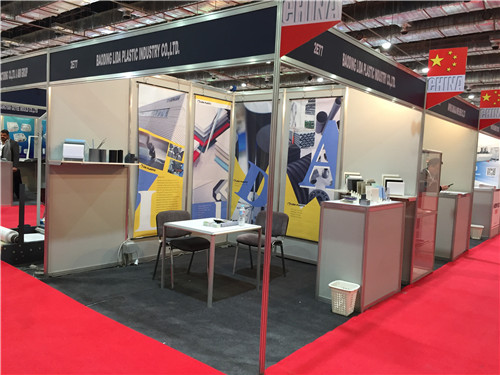Jul . 30, 2024 14:01 Back to list
Exploring the Benefits and Applications of HDPE Water Pipes in Modern Infrastructure Solutions
Understanding HDPE Water Pipes A Sustainable Solution for Modern Infrastructure
High-Density Polyethylene (HDPE) pipes have emerged as a popular choice in the construction of water supply systems worldwide. This article delves into the advantages of HDPE water pipes, their applications, and their contributions to sustainable infrastructure.
One of the most noteworthy characteristics of HDPE pipes is their exceptional durability. HDPE, a thermoplastic made from petroleum, boasts a high strength-to-density ratio. This means that HDPE pipes are not only lightweight and easy to handle but also resilient against impact and stress. These pipes can withstand harsh conditions, including extreme temperatures and corrosive chemicals, which makes them ideal for various environmental situations. Additionally, HDPE piping systems are resistant to rust, scaling, and biological growth, ensuring a prolonged lifespan that can significantly reduce maintenance costs.
Understanding HDPE Water Pipes A Sustainable Solution for Modern Infrastructure
From an environmental perspective, HDPE pipes are an eco-friendly option. The manufacturing process of HDPE is energy-efficient, resulting in lower overall fossil fuel consumption. Moreover, HDPE is recyclable, providing a sustainable lifecycle for products made from this material. The longevity and durability of HDPE pipes mean less frequent replacements, which further conserves resources and reduces waste.
hdpe water pipe

In terms of performance, HDPE water pipes are designed to handle high-pressure systems, making them suitable for both municipal water supply and industrial applications. With their smooth inner walls, HDPE pipes provide excellent flow characteristics, significantly reducing friction loss and allowing for more efficient water transfer. This is particularly beneficial in large-scale water distribution networks, where maintaining adequate pressure is crucial.
HDPE pipes also play a critical role in promoting public health. By using non-leaching materials that do not contaminate water supplies, HDPE offers a safer alternative for transporting potable water. The material's resistance to bacterial growth ensures that water quality is maintained, which is vital for protecting communities from waterborne diseases.
Furthermore, the HDPE pipe market has grown due to the increasing demand for infrastructure improvements globally. Governments and private sectors are investing in modernizing water supply systems to ensure reliability and sustainability. As cities expand and populations grow, the need for efficient water management solutions becomes even more pressing. HDPE pipes provide an answer to these challenges, supporting urban development while prioritizing environmental stewardship.
In conclusion, HDPE water pipes represent a significant advancement in piping technology, offering durability, flexibility, and environmental sustainability. Their versatility and performance make them suitable for a wide range of applications, from residential use to large-scale municipal projects. As the world continues to face water scarcity and infrastructure challenges, the adoption of HDPE pipe systems will likely increase, acknowledging their role in building a sustainable future. Embracing HDPE pipes not only enhances water supply systems but also contributes to the overall well-being of communities and the preservation of our planet.
-
Premium CPVC Sheet: High-Temp & Chemical Resistant Solutions
NewsAug.15,2025
-
Durable PPR Pipe for Hot & Cold Water Systems - Easy Install
NewsAug.14,2025
-
Durable HDPE Sheet | Versatile & Impact-Resistant Plastic
NewsAug.13,2025
-
Premium PVC Soft Sheets: Clear, Flexible & Durable
NewsAug.12,2025
-
Premium PVC Round Rods: Durable, Chemical Resistant, Easy to Machine
NewsAug.11,2025
-
PP U-channel: Chemical-Resistant, Lightweight & Durable
NewsAug.10,2025

